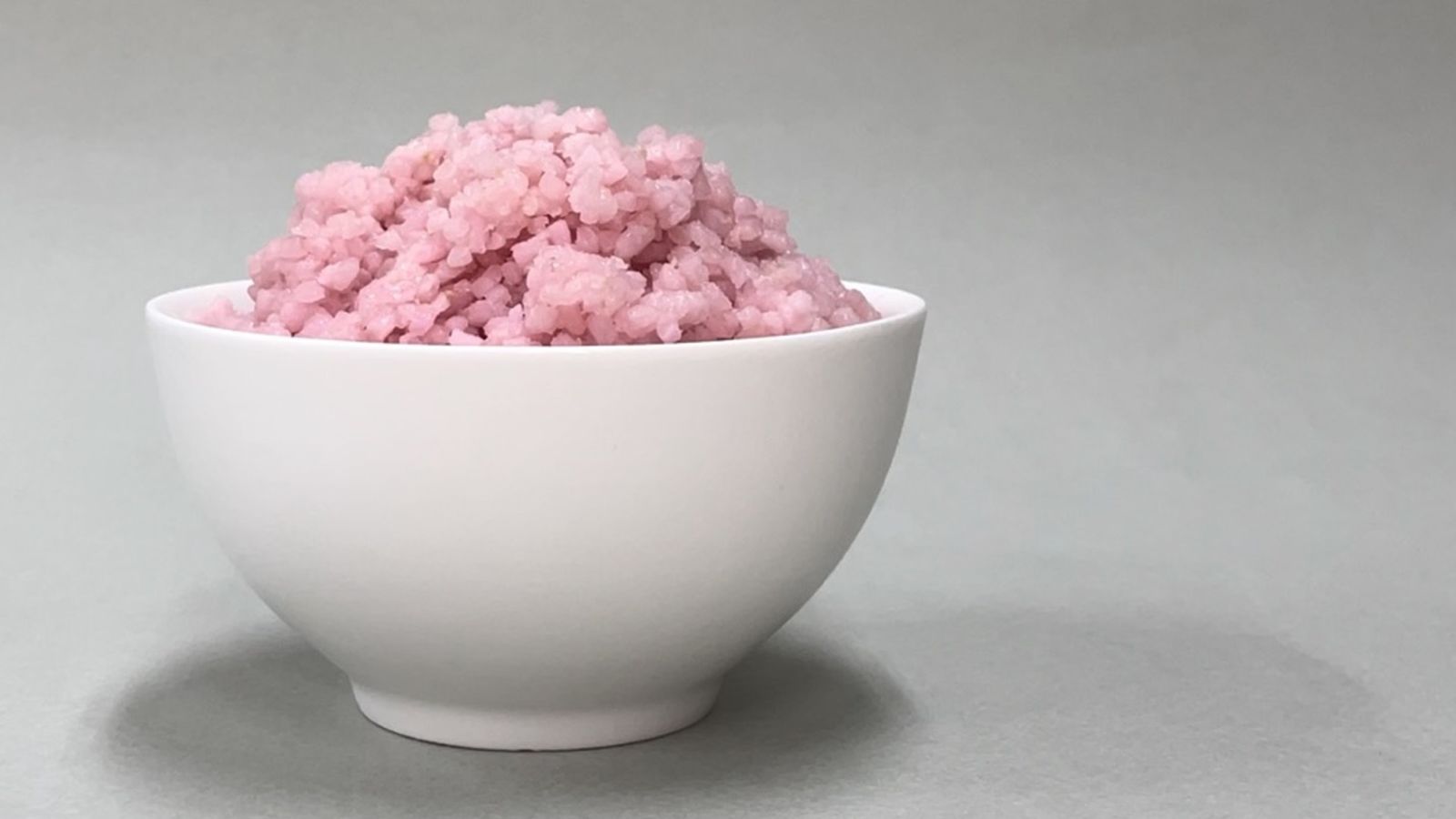Beefing Up the Future: How Cultured Beef Rice is Revolutionizing Food Production
02/04/2024
In the realm of culinary innovation, a groundbreaking development is shaking up the traditional food landscape. Picture this: rice grains infused with the essence of beef, offering a tantalizing blend of nutrition and flavor. It might sound like a concept straight out of a sci-fi novel, but thanks to pioneering research by scientists in South Korea, this vision is swiftly becoming a reality.

Imagine a world where the humble rice grain serves as the canvas for a nutritious and sustainable protein source. This is precisely what researchers at Yonsei University have achieved with their groundbreaking creation – cultured beef rice. By harnessing the power of biotechnology, they’ve successfully merged the worlds of meat and grains, paving the way for a culinary revolution with far-reaching implications.
At the heart of this innovation lies a simple yet ingenious process. The researchers coat rice grains with fish gelatine, creating a conducive environment for beef cells to thrive. Then, they introduce cow muscle and fat stem cells to the grains, allowing them to culture and develop into a hybrid rice infused with the essence of beef. The result? A nutrient-rich superfood that promises to redefine our approach to sustenance.
But what sets cultured beef rice apart from its conventional counterparts? For starters, it boasts an impressive nutritional profile, with 8% more protein and 7% more fat than regular rice. This nutritional boost could prove invaluable in addressing global challenges such as malnutrition and food insecurity, offering a viable solution for populations in need.
Yet, perhaps the most compelling aspect of cultured beef rice lies in its environmental impact. Traditional livestock farming is notorious for its resource-intensive nature, consuming vast amounts of water and land while emitting substantial greenhouse gases. In contrast, cultured beef rice represents a paradigm shift towards a more sustainable future. For every 100g of protein produced, hybrid rice emits less than 6.27kg of carbon dioxide, a fraction of the emissions generated by conventional beef production.
Moreover, the cost-effectiveness of cultured beef rice could revolutionize the economics of food production. With an estimated cost of just £1.77 ($2.23) per kilogram, it offers a more affordable alternative to traditional beef, which can cost six times as much. This accessibility could democratize access to nutritious protein sources, ensuring that no one is left behind in the quest for food security.
But the potential of cultured beef rice extends far beyond mere sustenance. Its versatility opens up a world of possibilities, from addressing food shortages during crises to providing sustenance for astronauts on long-duration space missions. Indeed, the researchers envision a future where hybrid rice serves as a cornerstone of global food security, offering a resilient and sustainable solution to the challenges of the 21st century
However, as with any technological advancement, there are questions and challenges to be addressed. Public acceptance of lab-developed foods like cultured beef rice remains uncertain, and further research is needed to ensure its safety and efficacy. Yet, the potential benefits far outweigh the risks, and with continued innovation and collaboration, we can unlock the full potential of this culinary marvel.
In conclusion, cultured beef rice represents a bold leap forward in the quest for a more sustainable and equitable food system. By merging the worlds of meat and grains, researchers have created a superfood that promises to nourish both body and soul while safeguarding the health of our planet. As we embark on this culinary journey, let us embrace the possibilities of the future and savor the taste of progress.
